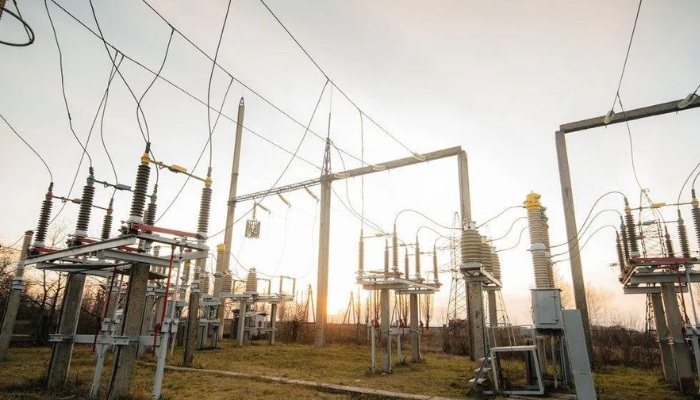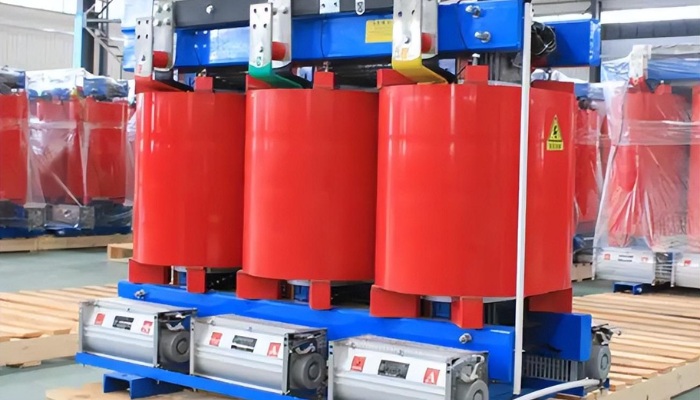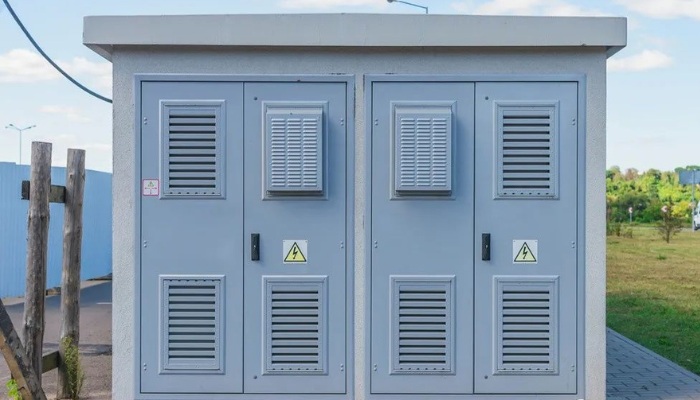A large number of air conditioning equipment and electrical equipment are increasing day by day, leading to an increase in electricity consumption. Moreover, the more developed the social economy and the higher the living standards, the greater the proportion. It is necessary to study the energy-saving of power transformers while ensuring the quality and safety of electricity consumption, saving electricity, reducing energy consumption, and improving economic benefits; we need to choose right quantity & capacity of transformers based on the load plan.
It also should be determined based on comprehensive consideration of regional power supply conditions, load nature, electricity consumption capacity, and operation mode. Two main transformers should be installed in Electrical substation with primary and secondary loads. When the technology and economy are reasonable, more than two main transformers can be installed. If the Electrical substation can obtain sufficient capacity of standby power supply from the middle and low voltage side power grid, a main transformer can be installed. For a Electrical substation equipped with two or more main transformers, when one is disconnected, the capacity of the remaining main transformers shall not be less than 60% of all loads, and the user’s first and second level loads shall be guaranteed.
For a Electrical substation with three voltages, if the power through the coils on each side of the main transformer reaches more than 15% of the transformer capacity, the main transformer should be a three coil transformer. For Electrical substation with large changes in Power-flow study and voltage deviation, if ordinary transformers cannot meet the requirements of power system and users for voltage quality after calculation, on load tap changer shall be used. So how should the number and capacity of transformers be specifically selected in power supply and distribution system?
How to determine how many distribution transformers or pad mounted transformer need to be used in an electrical substation. In fact, there is no such simple thing. In actual design, it needs to be combined with the actual situation in different regions. There are differences in different regions, and sometimes they are quite large, so the results that can be determined by the above conditions are not certain values. 
Even assuming 10000 kilowatts is the calculated load, electrical load distribution is not a simple mathematical process of addition, subtraction, multiplication, and division. Calculating the load, 10000 does not necessarily equal 5000 times 2, but it may differ even further from 1000 times 10. At the same time, it is necessary to consider fire load, primary and secondary loads, load rate, number of substations, capacity, power supply radius, etc.
Generally, the radius of low-voltage power supply should not exceed 200-250 meters. The implementation scale varies in different regions, and some places strictly implement it, while others completely ignore this principle. The maximum capacity of a single transformer and the maximum number of transformers per station vary from place to place.
The capacity and quantity of a single transformer need to be calculated in conjunction with the load. For example, for residential buildings, there are 30 households per unit (coefficient can be taken as 0.6), 60 households per building (coefficient can be taken as 0.5), and 240 households per transformer (coefficient can be taken as 0.4). The selection of coefficients is based on the actual number of users; When calculating the electricity load using the unit index method, the actual engineering situation should also be multiplied by the demand coefficient. Due to factors such as geographical environment, population, lifestyle habits, occupancy rate, etc., residential buildings require coefficients. Meanwhile, choosing a quality switchgear or a UL 891 certified switchboard and its associated panel board is also a very important factor, which need to be considered carefully.
It is difficult to have a fixed value, and designers should consider the actual local engineering conditions when taking values.
Typical example: Transformer selection, with a total of 900 households. The three-phase distribution coefficient is 0.26, and each household is 6kW. The calculated load is 900 * 6 * 0.26=1404kW, and the load rate should not exceed 85% based on a power factor of 0.9. 1404/0.9/0 85=1835kVA, taking 2000kVA.
If it is a transformer, choosing a 2000kVA transformer is not a problem. However, there are many places in various regions that have limitations on the maximum capacity of a single transformer. At this point, only two transformers can be selected. So, what size should be chosen? Two sets of 1000kVA. Note that at this point, 2000 may not necessarily be equal to two 1000s, it should be said to be greater than or equal to.
For two transformers, each transformer has 450 households, and 450 * 6 * 0.35=945kW is calculated based on 0.35. The power factor is 0.9, and the load rate should not exceed 85%. 945/0.9/0.85=1235kVA, taking 1250kVA.
When the maximum single capacity is required to not exceed 1600kVA, 900 households need to choose two 1250kVA transformers. When the maximum single capacity is required to not exceed 1000kVA, 900 households need to choose two 1250kVA transformers, which are already greater than 1000kVA and do not meet the requirements, requiring three transformers.
For three transformers, each with 300 households, the demand factor is 0.40300 * 6 * 0.40=720kW, and the power factor is 0.9. The load rate should not exceed 85%, and 720/0.9/0.85=941kVA is taken as 1000kVA
From the above calculation, it can be seen that 900 households are distributed according to three-phase power, with each household having a capacity of 6kW. According to the calculation and selection of transformers, there are several results according to the different requirements of the maximum single capacity: 1 set of 2000kV, 2 sets of 1250kVA, and 3 sets of 1000kVA. (Note: If 2000kVA is calculated based on 900 households first, and then two units are directly 2 * 1000kVA or four units are directly 4 * 500kVA, it is incorrect! Because the coefficients are different.
The above is only an introduction to the basic principles and methods. In actual design, the following factors should be fully considered: transformer coefficient, power supply radius, electricity consumption index, transformer capacity, substation area, substation floor height, cable and electrical equipment layout, etc.
PowerTel & his dedicated engineers are able to provide you a total solution for your electrical disbution sytem; Please contact us. 
